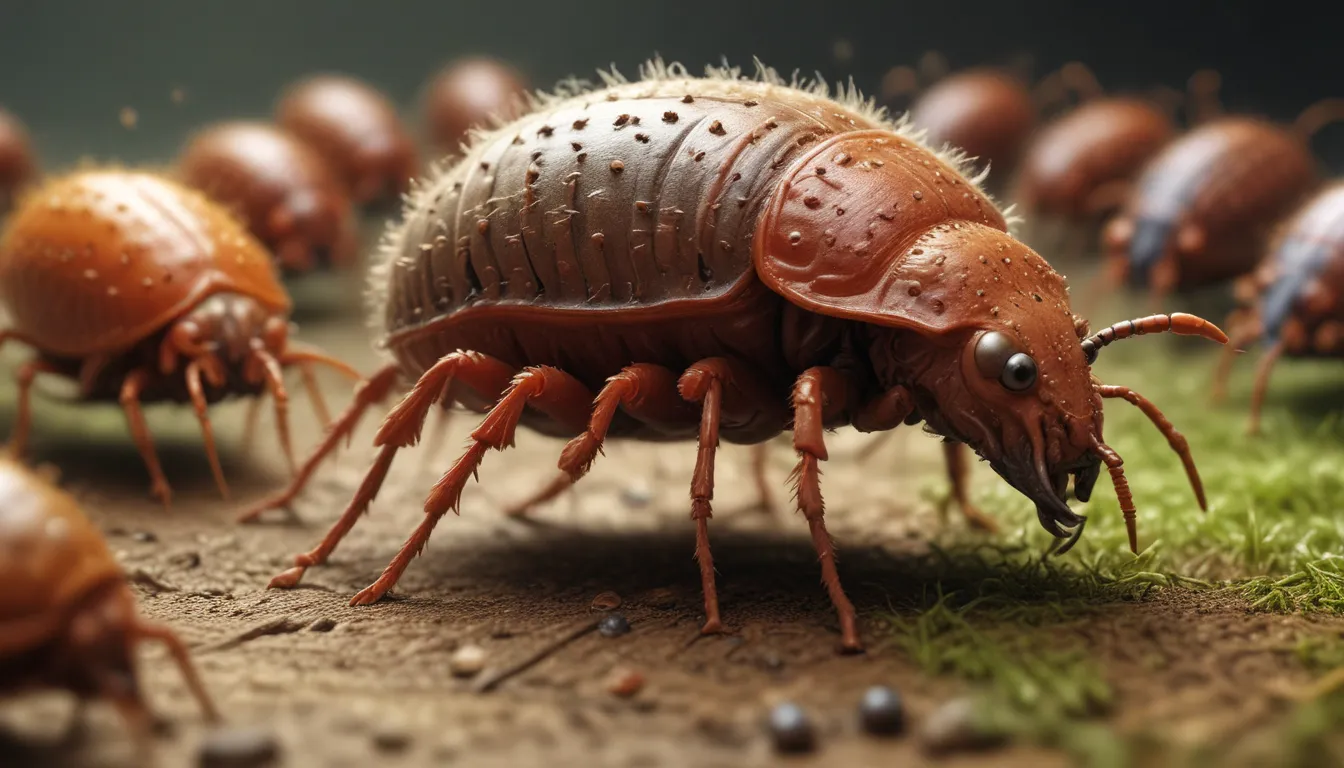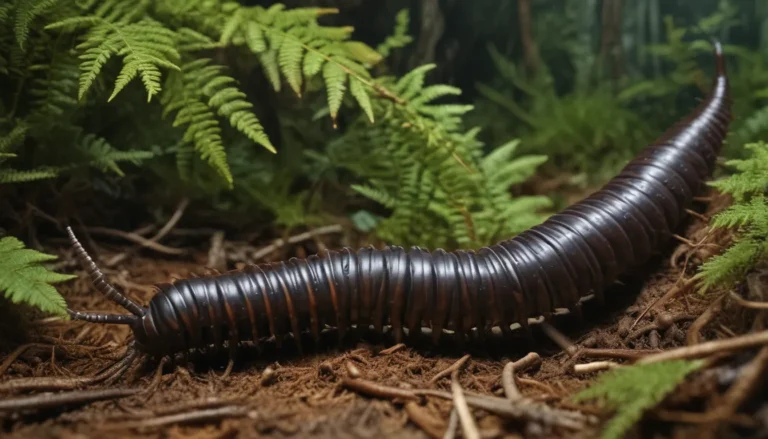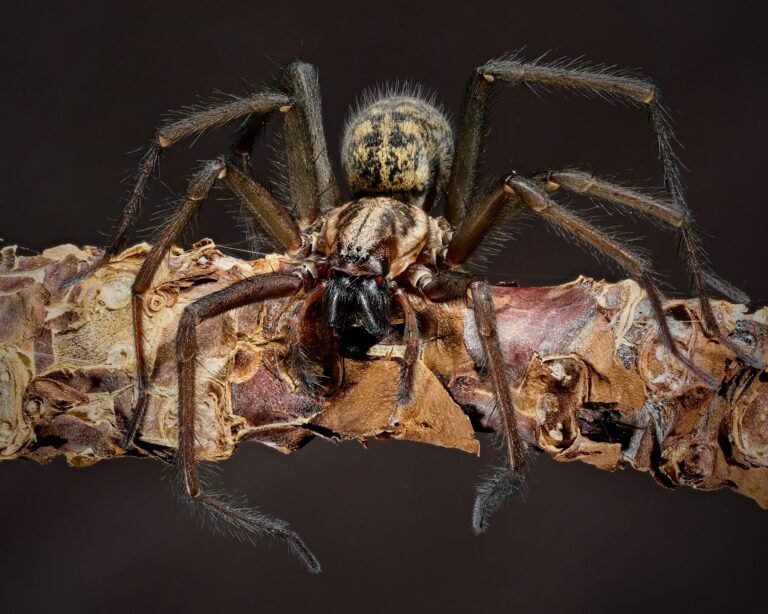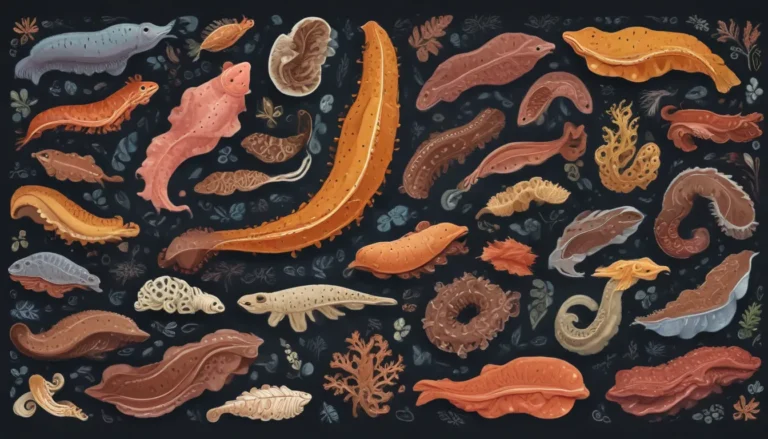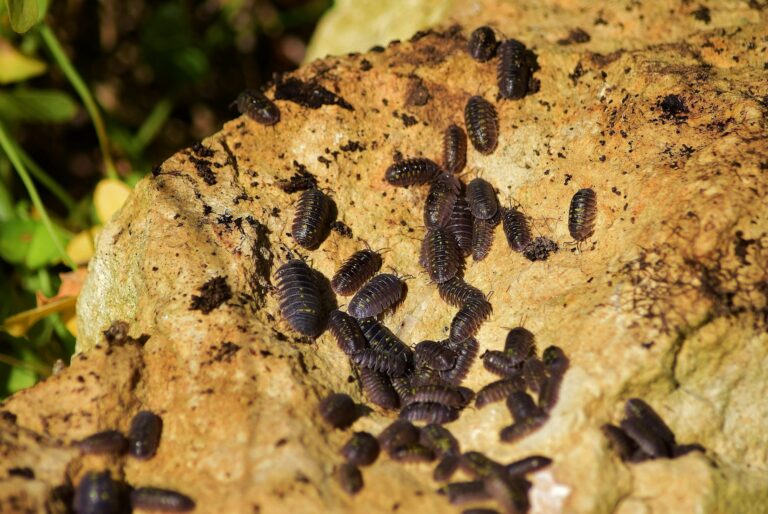The pictures we use in our articles might not show exactly what the words say. We choose these pictures to make you interested in reading more. The pictures work together with the words but don’t take their place. The words still tell you the important facts.
Welcome to the world of mites, where tiny creatures hold significant roles in ecosystems and pose various challenges for humans and animals. While mites may seem insignificant at first glance, their impact on our lives and the environment is undeniable. Join us on a journey to uncover 15 fascinating facts about these often misunderstood arachnids.
Key Takeaways:
- Mites, tiny arachnids, play crucial roles in ecosystems, but some can cause allergies and infest homes. Farmers use strategies to control crop damage caused by mites. - With over 48,000 species, mites have unique reproductive strategies and have been around for millions of years. They have specialized adaptations for survival and can transmit diseases.
The Tiny World of Mites
Mites are incredibly small arachnids, belonging to the class Arachnida along with spiders and ticks. Despite their minuscule size, mites can have a significant impact on plants, animals, and even humans. With over 48,000 species, these tiny creatures have adapted and thrived in various environments, including soil, water, plants, and the fur or feathers of animals.
The Ecosystem Players
Mites play a crucial role in ecosystems by helping break down organic matter, regulating insect populations, and aiding in the decomposition process. Some mites, known as predatory mites, even feed on plant pests, serving as natural pest control agents.
Beneficial Mites
Not all mites are pests. Some species of mites are beneficial to humans and the environment. Predatory mites, for example, contribute to controlling plant pest populations naturally, reducing the need for chemical pesticides.
Managing Mite Allergies and Infestations
Many people are allergic to mites and their waste products, leading to symptoms such as sneezing, itching, and respiratory issues. Some mites, like dust mites, can infest homes, particularly in bedding, upholstered furniture, and carpeting. Regular cleaning and reducing humidity can help prevent mite-related allergies and infestations.
Reproductive Strategies of Mites
Mites employ unique reproductive strategies, with some reproducing asexually and others engaging in elaborate courtship rituals and mating behaviors. Male mites often sacrifice themselves after mating, showcasing intriguing behaviors in the world of mites.
Mite Evolution and History
Mites have been around for millions of years, with fossil evidence dating back over 400 million years. Throughout their evolutionary history, mites have successfully adapted to various environmental changes, showcasing their resilience and survival skills.
Mites as Crop Pests
Certain species of mites can be major pests in agriculture, causing damage to crops and reducing yields. Farmers utilize various strategies, including integrated pest management techniques and the use of predatory mites or pesticides to control mite populations and protect their crops.
Challenging Mite Infestations
Controlling mite infestations can be challenging due to their small size and rapid reproduction rates. Integrated pest management strategies are essential to combat mite problems effectively, preserving the health of crops and ecosystems.
The Notorious “Chiggers”
Chiggers, a type of mite commonly found in grassy areas and forests, can cause intense itching and discomfort with their bites. Proper precautions, such as wearing protective clothing and using insect repellent, can help prevent chigger bites.
Surviving with Specialized Adaptations
Mites have evolved a range of specialized adaptations for survival in different habitats. These adaptations include protective coatings, respiratory structures, and unique feeding mechanisms, allowing mites to thrive in diverse environments.
Conclusion
In conclusion, mites are fascinating creatures with significant ecological importance and impacts on human and animal health. While some mites play beneficial roles in ecosystems, others can pose challenges and health risks. Understanding the behavior and diversity of mites can help us appreciate their intricate roles in the natural world.
FAQs
-
Q: Can mites cause allergies in humans?
A: Yes, some people are allergic to mites and can experience symptoms such as sneezing, itching, and runny nose when exposed to them. Regular cleaning and reducing humidity can help prevent mite-related allergies. -
Q: Are mites harmful to pets?
A: Yes, certain types of mites can infest pets, causing skin irritation, hair loss, and discomfort. Regular veterinary check-ups and proper hygiene practices can help prevent and treat mite infestations in pets. -
Q: How can I get rid of mites in my home?
A: Regular cleaning, vacuuming, and washing bedding in hot water can help eliminate mites from your home. Using allergen-proof covers for mattresses and pillows can also prevent mite infestations. -
Q: Do mites have any beneficial roles in ecosystems?
A: Yes, mites play important roles in ecosystems as decomposers, pollinators, and predators of other small organisms. They contribute to soil health and nutrient cycling, maintaining ecological balance. -
Q: Can mites be seen with the naked eye?
A: Most mites are too small to be seen without magnification, ranging from 0.1 to 1.0 millimeters in size.
Let's continue our exploration of the miniature world of mites, where these tiny creatures hold vast mysteries and surprising facts waiting to be uncovered. Whether in the depths of ecosystems or our own homes, mites continue to fascinate and intrigue with their unique behaviors and adaptations. Join us on this journey to discover more about the captivating world of mites.
